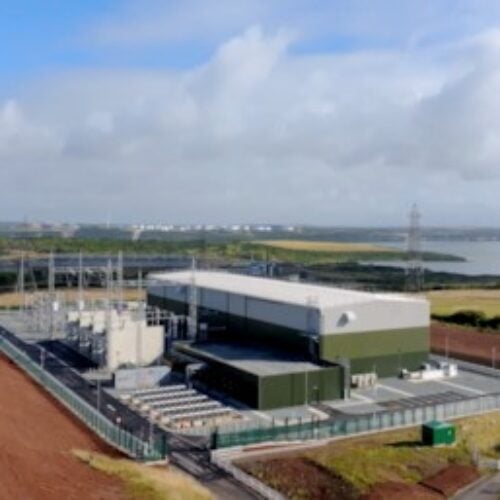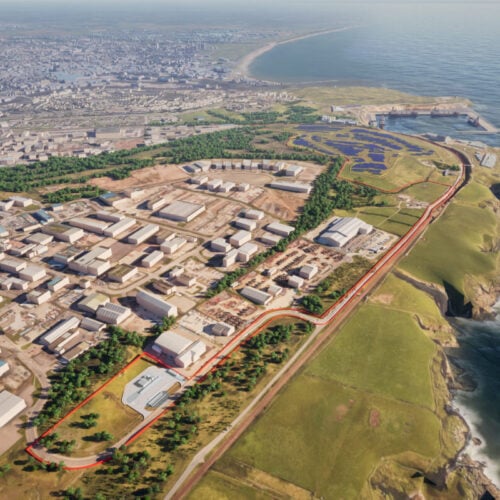National Grid ESO has published its Frequency Risk and Control report, issuing four proposals in light of the 9 August 2019 blackout.
Since that event – which saw offshore wind farm Hornsea One and CCGT Little Barford trip following a lightning strike as well as 150MW of distributed generation disconnecting due to a safety mechanism known as vector shift (VS) protection – the ESO said it has worked with industry to implement changes to the codes and frameworks that govern the management of frequency risks.
It is suggesting four key proposals within a new report that sets out the parameters for how often, how long and how large frequency changes should be and the criteria for which the ESO should approach risks to frequency changes.
These proposals are largely recommendations to apply controls to prevent an event having a defined unwanted impact, covering policies relating to the use of controls such as increasing or decreasing inertia and automatic or manual actions.
It comes after Ofgem recommended a review of the Security and Quality of Supply Standard (SQSS) in its investigation into the blackout. A requirement for a Frequency Risk and Control report was introduced after the approval of SQSS modification GSR027: Review of the NETS SQSS Criteria for Frequency Control that drive reserve, frequency response and inertia holding on the GB electricity system.
The first proposal in the report details how continuing to set minimum inertia at 140GVA.s is the best option, with the ESO’s assessment showing that increasing inertia to 160GVA.s would result in “little to no benefit in risk reduction” and would result in a significant increase in cost.
Its second proposal covers setting frequency limits for different size infeed loss risks, suggesting it shouldn’t apply individual loss risk controls to Balancing Mechanism Unit(BMU)-only, BMU+VS outage and BMU+VS intact events to keep resulting frequency deviations within 49.5Hz.
The second proposal also recommends applying individual loss risk controls to BMU-only events to keep resulting frequency deviations within 49.2Hz and 50.5Hz
Proposal three states that the ESO should continue to increase its use of the Dynamic Containment low frequency service beyond 500MW in line with the anticipated pipeline.
Growing the pipeline in 2021 will reduce the risk of a frequency deviation exceeding 48.8Hz from 1-in-63 years to 1-in-270 years, 49.2Hz from 1-in-10 years to 1-in-22 years and 49.5Hz from 3 times per year to 2 times per year, the ESO said.
It will also result in an increase in total costs by £16 million from £228 million to £244 million. This is due to system-wide controls costs increasing by £20 million but being offset by a decrease in the cost of individual loss risk controls by £4 million.
Lastly, the fourth proposal details how the Accelerated Loss of Mains Change Programme (ALoMCP) – which has been running now for over a year and has removed nearly 10GW of VS protection settings – should continue during 2021 for both Rate of Control of Frequency (RoCoF) and VS.
“Reliability doesn’t happen by chance,” Julian Leslie, head of networks at National Grid ESO, said. “It’s the product of meticulous planning from across the industry, making sure the right tools and processes are in place so engineers can expertly keep the grid in balance. It also requires careful management of the key properties of electricity, such as frequency, voltage and inertia.”
He continued to state that the ESO’s current central recommendation proposes to keep managing risks at a similar level as today, placing the risk of a significant frequency event at a 1 in 22-year likelihood.
“By maintaining this risk level for the management of frequency changes on the network we estimate the indicative cost of frequency balancing will be around £244 million,” he said.
National Grid ESO is consulting on the proposals outlined in its report, with the closing date for responses being Friday 12 March. The final report will be submitted to the Authority for approval on 1 April 2021.






